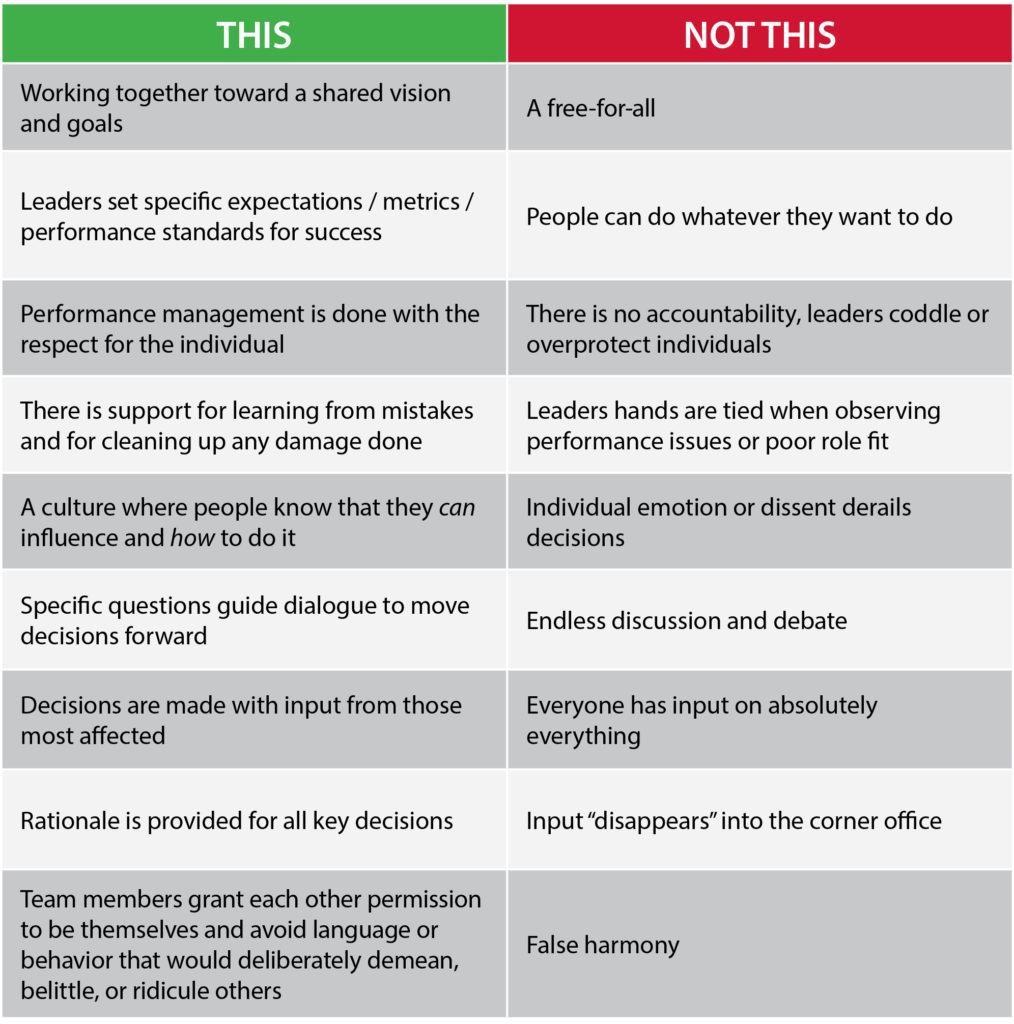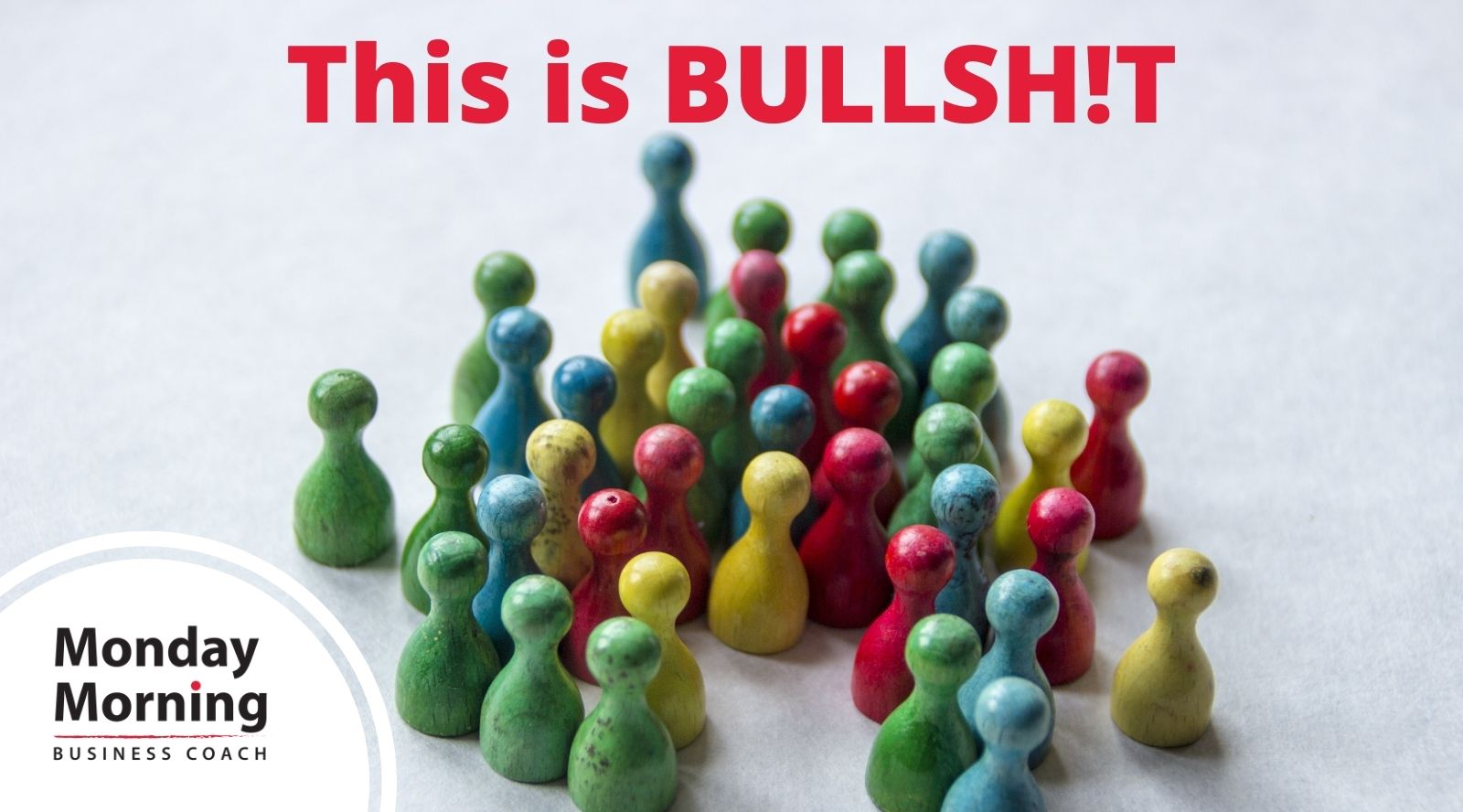As we started our current series on Psychological Safety, we heard from several leaders who fear that creating psychological safety means they have to tolerate bad behavior and/or poor performance. One asked what to do with an employee who is playing mind games with their team. And one just said “this is bullsh!t, I can’t have work be a free-for-all!”
We understand the concern. The success of organizations requires engagement, respectful debate, shared commitments, and accountability to creating results.
We’ve heard about leaders who have let go of these expectations thinking they go against psychological safety and about employees insisting that psychological safety means they don’t need to be respectful or accountable. Neither could be further from the truth.
Psychological safety like engagement,
isn’t a single thing.
It’s a pattern of behaviors that support people in being included
in solving problems to create success,
in learning as they do so,
in influencing others with their expertise, experience,
and even mistakes, and in their willingness to
let others influence them.
Several of you asked us for some examples of what Psychological Safety IS and ISN’T. So, today, we’re sharing a list of examples to help you gain a better understanding of some of the nuances.
Psychological Safety and Engagement are:

Psychological safety is a way of working with people that invites them to bring their best to the table. It’s not giving up your leadership, tolerating unprofessional behavior, or having emotional reactivity and dissent take over the work.
This week, think about this list and questions you have about how to build greater psychological safety to support a cohesive, high-performing, accountable, and results-driven team.
Let us know what questions you have. We’d like your input to influence our next few posts.
How can we support you?
If you’d like support in creating psychological safety within your team and organization, contact us today about our Team and Culture Development.


